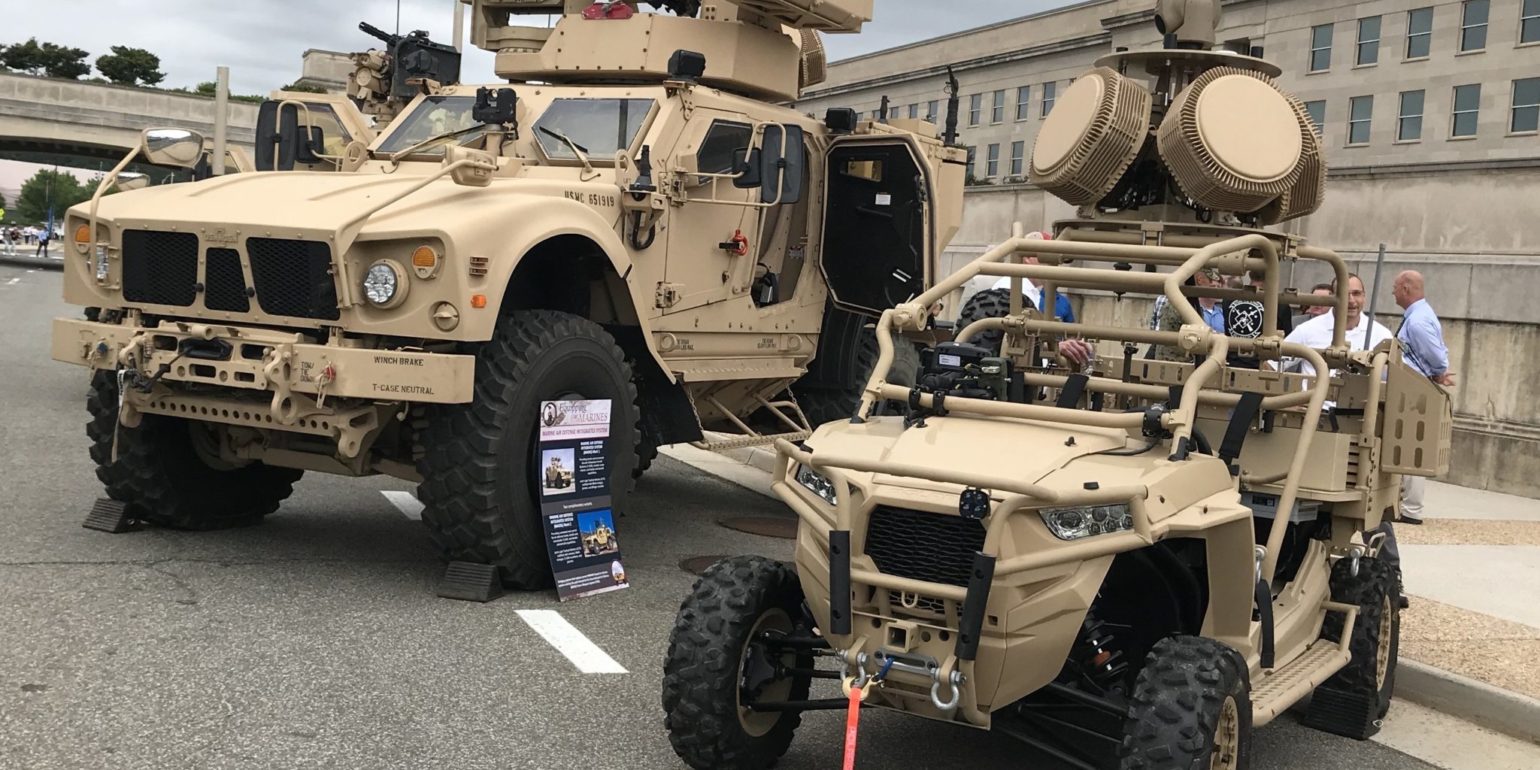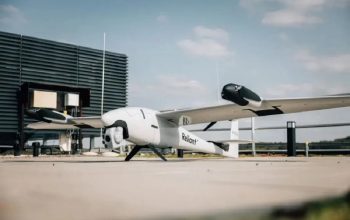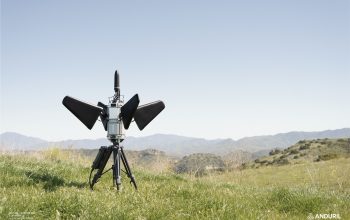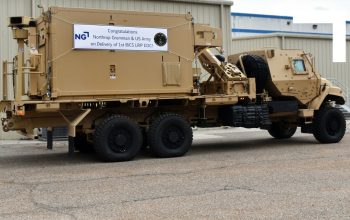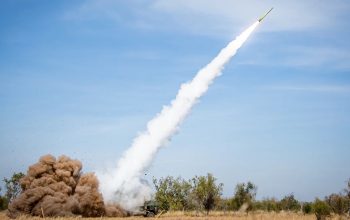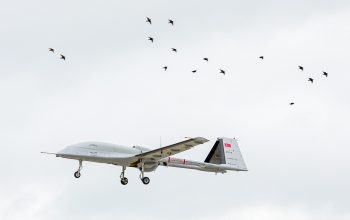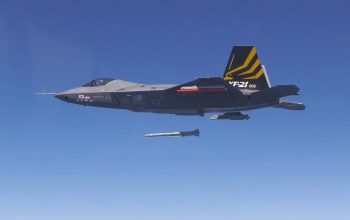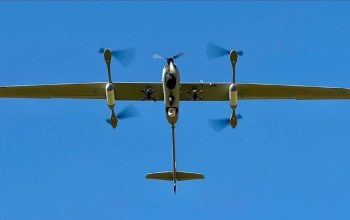As formulated by the Missile Defense Advocacy Alliance (MDAA), the Marine Air Defense Integrated System (MADIS) is the Marine Corps’ new push for modernizing its Ground-Based Air Defense capabilities. Since the Marine Corps divested itself of all their Avenger Systems in the mid-2000s, Marines have been without a dedicated mobile firing platform to protect the maneuver force. The Marine Air Defense Integrated System (MADIS) is the Marine Corps’ new push for modernizing its Ground Based Air Defense (GBAD) capabilities.
In 2013 at the beginning of the fight against ISIS, the Marine Corps noticed the growing proliferation of cheap commercial drones and a gap in the ability to counter those systems. At the same time, the United States began to redirect itself toward near-peer competition against China and Russia. Currently Marine Marine Corps’ rely on dismounted Stinger missiles and radar equipment transported in two AM General M1114 Humvees per section. Marines have been without a dedicated mobile firing platform to protect the maneuver force.
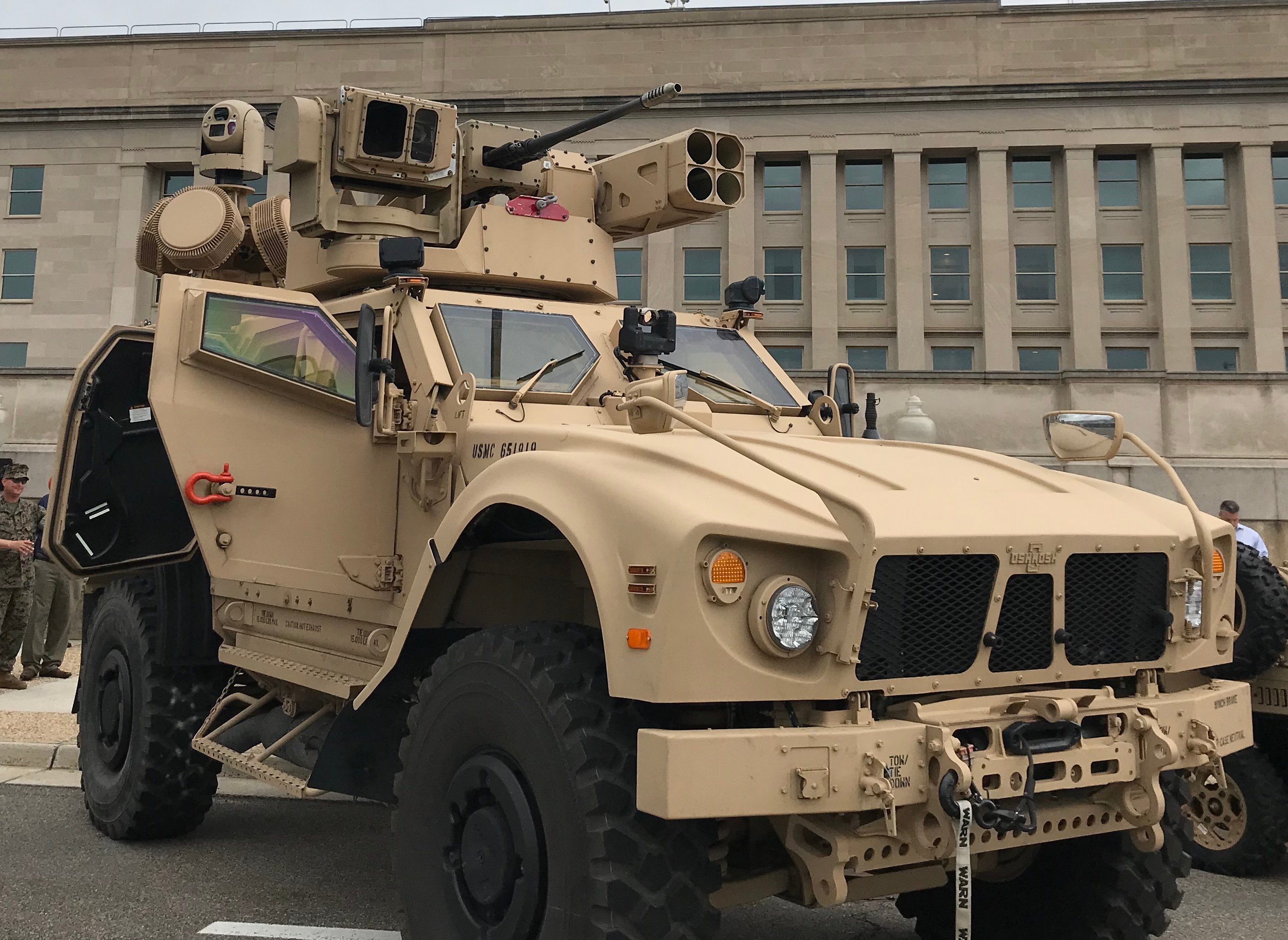
The MADIS system relies on two vehicles per section working in a complementary pair, the MADIS Mk1 and Mk2. The MADIS Mk1 will be responsible for primarily neutralizing fixed and rotary-wing aircraft. The Mk2 will fulfill the Counter-Unmanned Aircraft System (C-UAS) mission, while also providing radar and C2 for the pair. The Marine corps also has the Light MADIS (LMADIS), which hosts the radar and EW suite on a Polaris MRZR. The LMADIS served as a testbed and interim C-UAS solution before the fielding of the MADIS Mk1 and Mk2.
For kinetic weapons, the Mk1 variant possesses a missile pod holding 4 Stinger missiles. The main direct fire weapon on the turret is a 30mm cannon. Inside the vehicle are handheld Stinger launchers to be used by It can be used to disrupt enemy drones, communications, and radio-controlled improvised explosive devices (RCIED). The optical sensors for the weapons system is produced by Lockheed Martin. The electronic warfare system is the Modi II produced by Sierra Nevada Corporation (SNC).
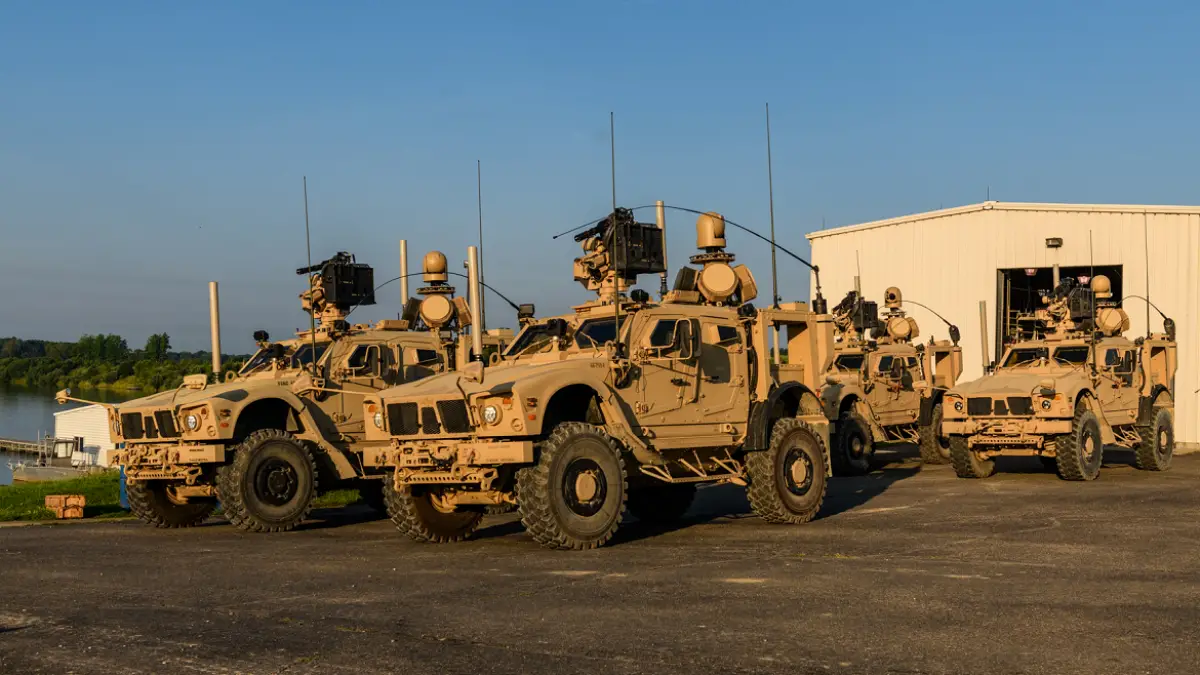
The radar on the MADIS Mk2 is the RPS-42 produced by RADA Electronic Industries Ltd. The RPS-42 is able to identify and detect targets flying at an altitude of 30 to 30,000 ft within a 30km radius. The direct-fire weapon on the MADIS Mk2 is an M134 Minigun, a 7.62x51mm NATO six-barrel rotary machine gun with a high, sustained rate of fire (2,000 to 6,000 rounds per minute). The electronic warfare system is the Modi II, the same as the Mk 1 variant. The Mk 2 as part of its C2 capability will possess a Beyond Line of Sight (BLOS) gateway/server capability.
In the FY20 budget over $150 million was allocated for low-rate initial production of 26 vehicles, with another 192 delivered by Q3 FY21. Initial Operational Capacity (IOC) is planned for 2021 with a fully outfitted platoon in each LAAD battalion and an associated training package. Full Operational Capability (FOC) is planned for 2025 with the delivery of the full Approved Acquisition Objective (AAO) along with spares, and defined training support materials. The Marine Corps also wants to be able to have MADIS intercept medium-range cruise missiles.
